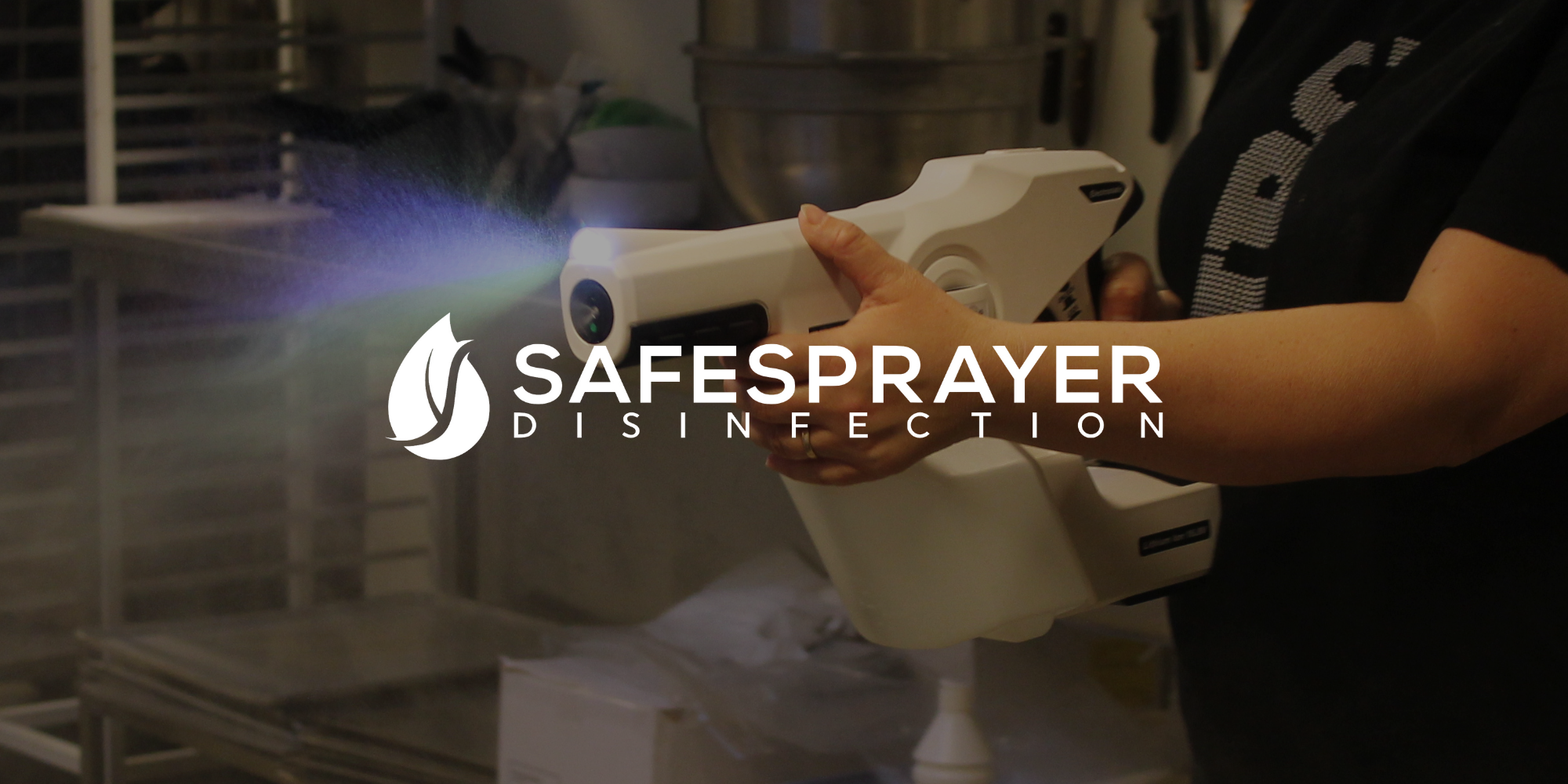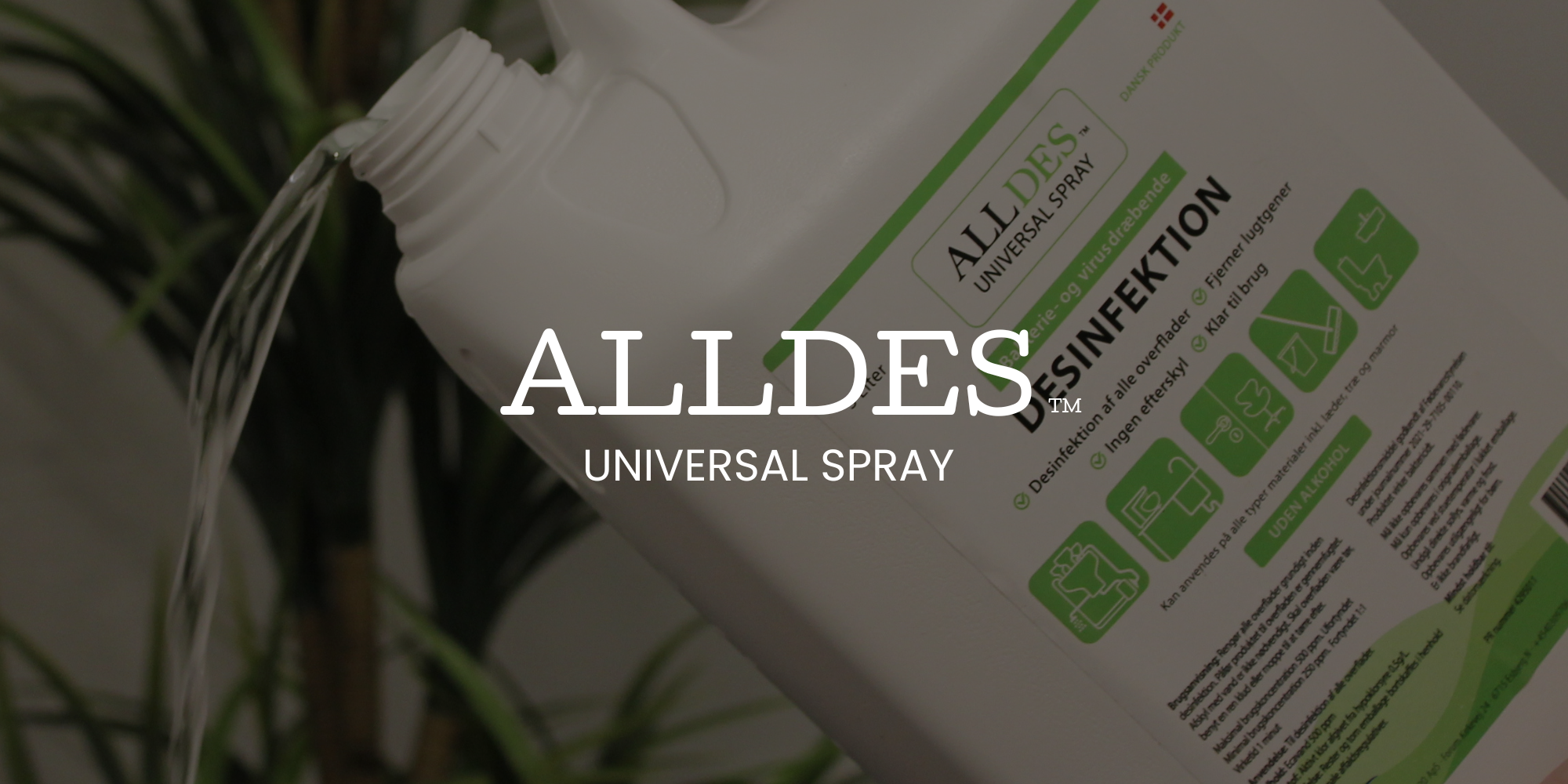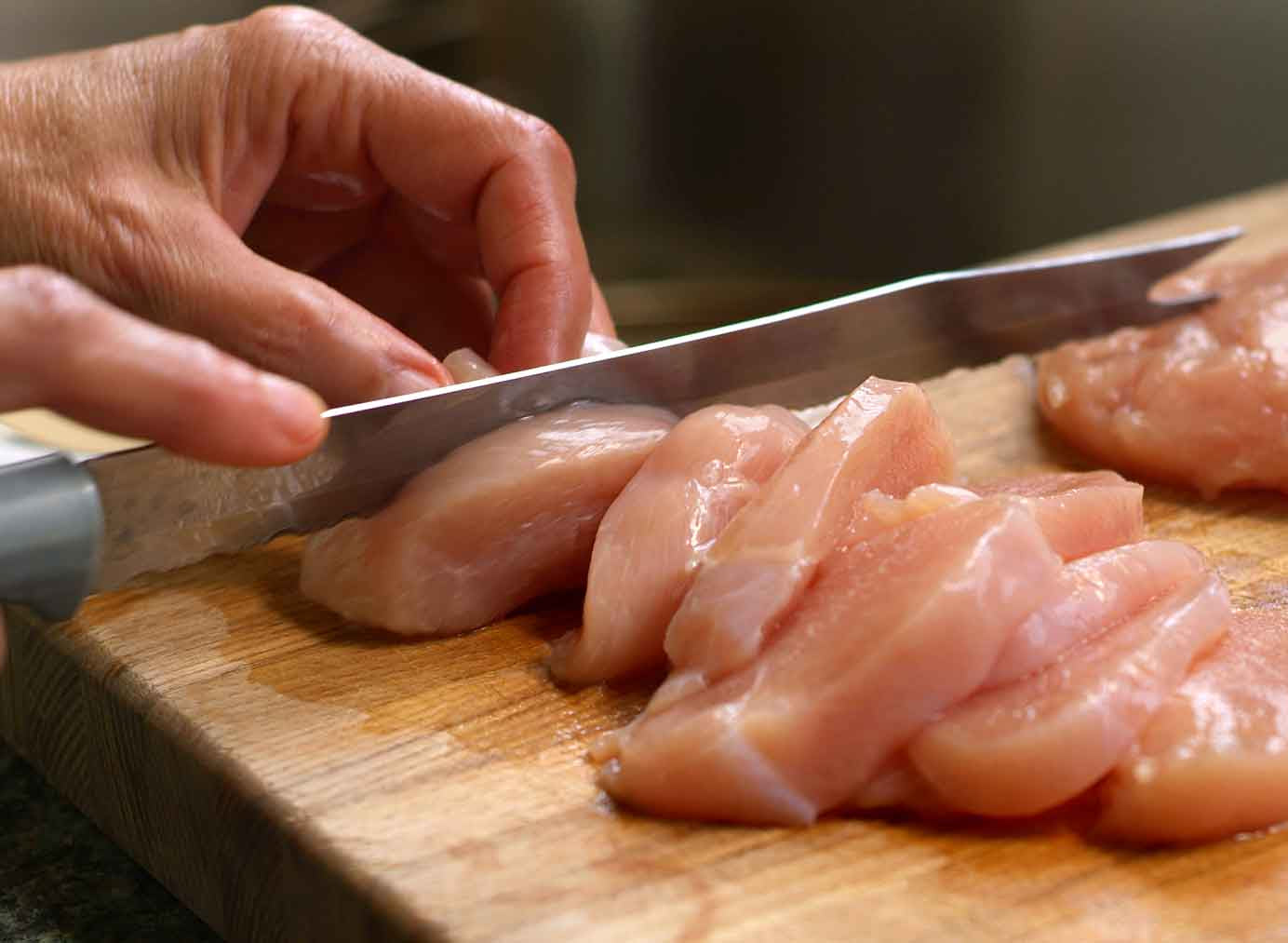Salmonella in commercial kitchens poses a serious health risk. Prevention through hygiene, proper storage and cooking is essential to avoid spread and disease.
What is salmonella?
Salmonella is a bacterium that can cause infections in humans and animals. It is one of the most common causes of foodborne illness around the world. Salmonella infections can range from mild to severe and can affect different parts of the body, including the digestive system. It is important to be aware of salmonella and take appropriate precautions to prevent outbreaks in a kitchen environment.
Symptoms of salmonella infection
Salmonella affects the digestive system and can cause various symptoms. The most common symptoms of salmonella infection include abdominal pain, diarrhea, nausea, vomiting, and fever. These symptoms may begin within hours of consuming contaminated food and may last for several days. It is important to be aware of these symptoms and seek medical attention if they become severe or persist for a long time. Early diagnosis and treatment of salmonella infection can contribute to a rapid recovery and prevent any complications.
Sources of salmonella in the kitchen
There are several sources of salmonella in the kitchen and it is important to be aware of these to prevent infection. Some of the most common sources of salmonella include raw meat and eggs, as well as contaminated vegetables and fruits.
Raw meat, such as chicken and beef, can be infected with salmonella. When raw meat is not handled properly or cooked adequately, the bacteria can spread to other foods or surfaces and cause infection.
Egg is another source of salmonella. If eggs have not been pasteurized or cooked properly, they may contain salmonella bacteria. It is important to be careful when using raw eggs in recipes and ensure that they are of high quality and properly processed.
Lack of hygienic practices in the kitchen can also lead to salmonella. This can include failure to wash hands, cross-contamination between raw and cooked food, and poor cleaning and disinfection of kitchen utensils and surfaces.
Prevention of salmonella
Prevention of salmonella in the kitchen is essential to maintain food safety. There are several important steps one can take to minimize the risk of salmonella infection:
1. The importance of thorough hand washing: Always wash hands thoroughly with soap and warm water before and after handling food, especially raw meat and eggs.
2. Separation of raw and cooked food: Keep raw meat, fish and eggs separate from other foods during storage and preparation to avoid cross-contamination.
3. Cooking at a high enough temperature: Be sure to cook food, especially meat, at a high enough temperature to kill any salmonella bacteria. Use a food thermometer to make sure the food is cooked properly.
4. Proper food storage: Store food at safe temperatures to prevent bacterial growth. Keep the refrigerator at a temperature below 5 °C and freezers at -18 °C or below.
5. Cleaning and disinfection of kitchen utensils and surfaces: Clean and disinfect kitchen utensils, cutting boards and surfaces regularly to remove any bacteria, including salmonella.
FAQ - Frequently Asked Questions
1. How do I know if I have salmonella? Typical symptoms of salmonella infection include abdominal pain, diarrhea, nausea, vomiting and fever. If you experience these symptoms, you should seek medical attention for a proper diagnosis.
2. Is it safe to eat raw eggs? Raw eggs can be a source of salmonella. To reduce the risk, it is recommended to use pasteurized eggs in recipes that call for raw eggs.
3. What should I do if I suspect salmonella in my kitchen? If you suspect salmonella in your kitchen, stop using the food in question immediately and contact the relevant authorities or a healthcare professional.
4. Can I get salmonella from vegetables? Vegetables can become contaminated with salmonella through soil, water or contaminated surfaces. It is important to wash vegetables thoroughly before use to minimize the risk.
5. What is the best way to clean kitchen utensils for salmonella? Kitchen utensils and surfaces should be cleaned with hot water and soap and then disinfected with an appropriate disinfectant to eliminate salmonella bacteria. Be sure to follow the manufacturer's instructions for the disinfectant.



















